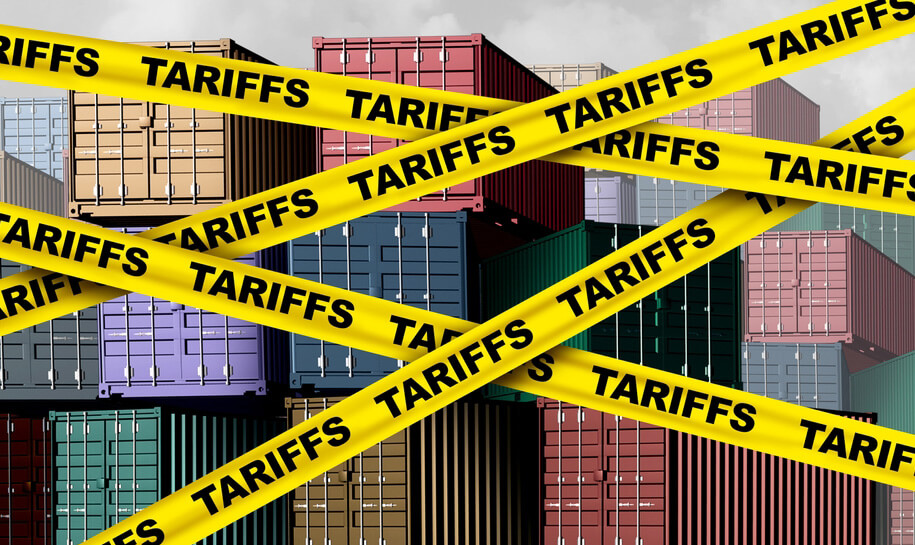By Simon Eastman

As has been the case since Donald Trump was sworn into office on January 20th, his implementation of global tariffs has been a main driver of the currency markets.
As the news broke on Wednesday evening (BST) that Trump would pause tariffs for 90 days, we have seen a rollercoaster on the currency markets. Although the pound initially strengthened against both major currencies, as the dollar made gains back against the stronger euro and traders priced back out the likelihood of an interest rate cut for the UK in early May, Thursday was a different story.
On Thursday, the weakening of the USD started early but really kick-started as US inflation came out lower than forecast. The weakness was exacerbated as news of further import tariffs on Chinese goods was announced. Trump announced the 90-day pause, but had already imposed a 125 percent tariff on China, which the Chinese retaliated to by increasing their tariffs on US good from 34 percent to 84 percent. Despite the pause, Trump then announced Chinese tariffs were 145 percent, not 125 percent and the dollar rout continued.
Over the day we saw the so called “currency see-saw” come back into play, which sees the euro strengthen because of the dollar’s losses and vice-versa. Over the course of Thursday’s trade, the euro gained 2 cents against the greenback, and the pound almost the same, moving around 1.75 cents up over the day. This is great news for those with USD to buy, but less so when you have sterling in hand and want to buy the euro, as GBP is seen as the riskiest of the three currencies.
The strength the euro has gained of late due to the weaker dollar, and has seen a significant swing from the trading range enjoyed over the past year. We have seen GBPEUR move back into the range it struggled to break out of since Britain left the EU officially in 2022 and it feels like its unlikely to break out again any time soon. We saw the pound gain back 1.5 cents on Wednesday evening as tariffs were paused, only to see nearly 2 cents lost again in the pair on Thursday.
The point to note for those with sterling in hand, is that its woes are nothing to do with the UK but driven by forces outside its control. We have had nothing of note data wise this week, but even the expectations of interest rates being cut (then not), usually a major factor in what sterling does, was overruled in dramatic fashion yesterday. As such, buyers beware, holding off for the rates to climb back up to where they were a few weeks ago, could spectacularly backfire, if USD/EUR continues to dictate what the pound does.
Today we finally have some data of note in the shape of German inflation and UK trade balance, industrial and manufacturing production, plus GDP. We then finish off the week across the pond with producer price index figures and the consumer sentiment and consumer expectations indices from the University of Michigan – the first of two sets of results on how consumers see prices changing over the next 12 months. This is the preliminary results, which are generally seen as the more influential on markets than the second round of results, seen in a couple of weeks. With so much moving the markets and massive swings in rates, anyone with a currency requirement coming up would be prudent to contact the team today, for some friendly guidance and to discuss the options available to make your money go further.


